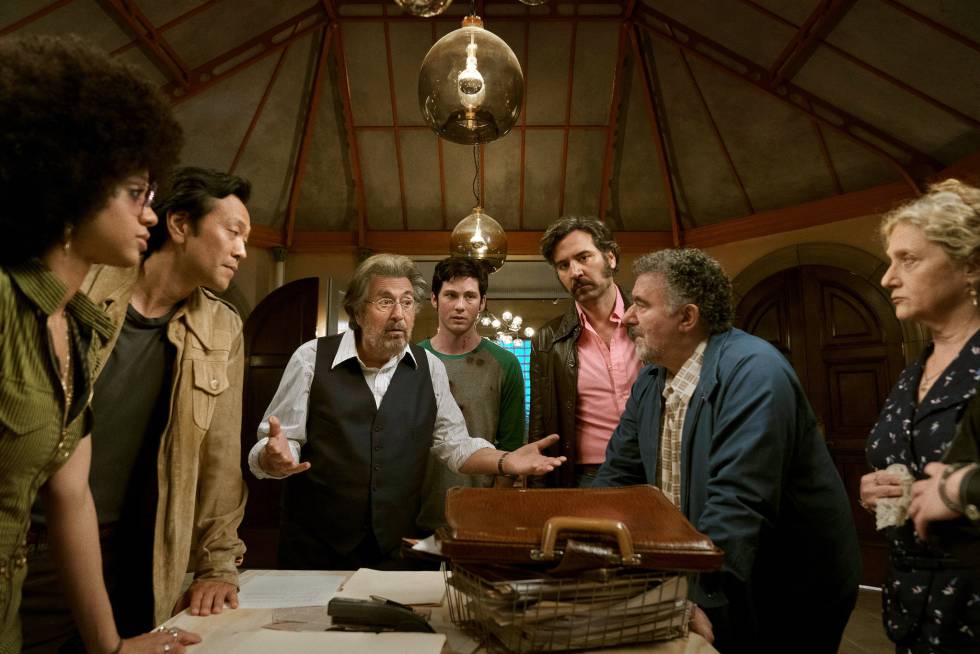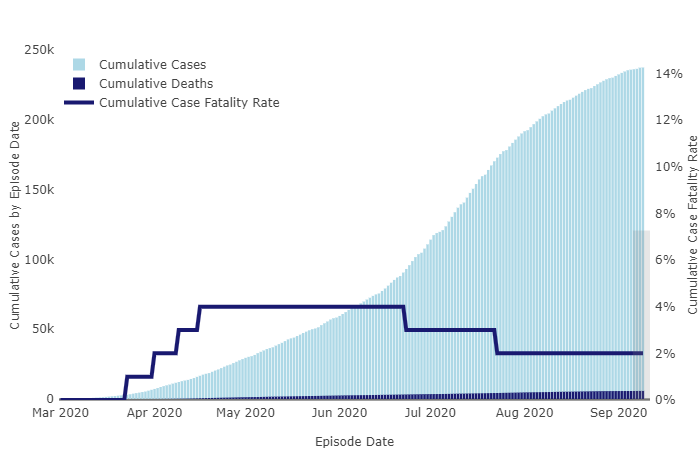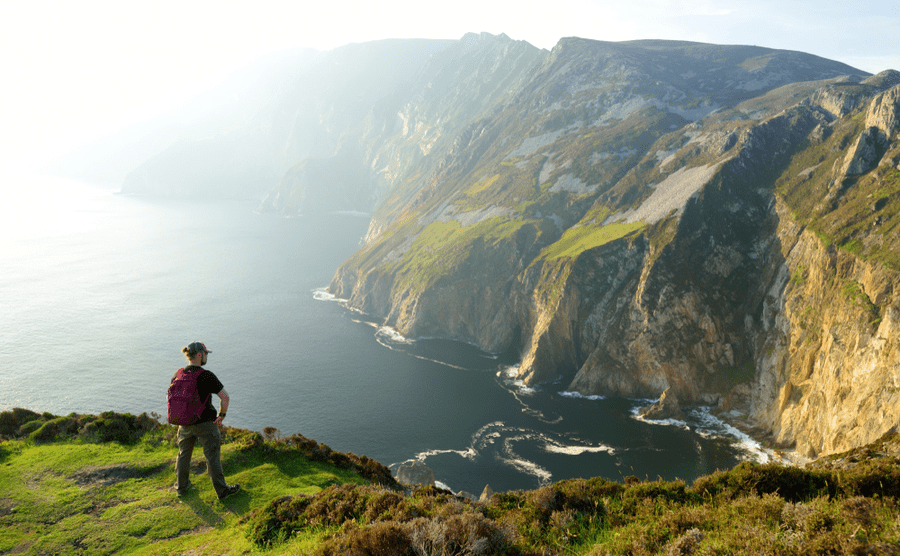Slavery had existed in Europe from Classical times and did not disappear with the collapse of the Roman Empire. Slaves remained common in Europe throughout the early medieval period.
Chart The Countries Most Active In The Trans Atlantic Slave Trade Statista
National Museums Galleries on Merseyside.

Slavery in europe timeline. However ex-slaves in the Caribbean are forced to undertake a period of apprenticeship working for former masters for a low wage which means that slavery is not fully abolished in practice. After the first captives were forced on to Virginias shores by a Dutchman in 1619 the majority of the country remained white and relied mainly on the labor of Native American slaves and. However slavery of the classical type became increasingly uncommon in Northern Europe and by the 11th and 12th centuries had been effectively abolished in the north.
Slavery Abolition Act is passed in Parliament taking effect in 1834. Slavery Timeline 1501-1600 A Chronology of Slavery Abolition and Emancipation in the Sixteenth Century. 1000 Slavery is a normal practice in Englands rural agricultural economy as destitute workers place themselves and their families in a form of debt bondage to landowners.
However slavery of the Classical type became increasingly uncommon in Northern Europe and by the 11th and 12th centuries had been effectively abolished in the North. 1380 In the aftermath of the Black Plague Europes slave trade thrives in response to a labor shortage. 1510 - First slaves arrive in the Spanish colonies of South America having travelled via Spain 1518 - First direct shipment of slaves from Africa to the Americas 1777 - State of Vermont an.
Timeline of major events related to abolitionism which sought to end the transatlantic slave trade and to free enslaved persons in western Europe and the Americas. Slavery timeline 1. Nevertheless forms of unfree.
1800 August 30 Gabriel Prosser Jack Bowler and others planned the first major slave rebellion near Richmond Virginia. Slaves remained common in Europe throughout the early medieval period. Timeline created by MelanieCheng.
16 Zeilen Slavery Timeline Timeline Description. This page contains a detailed timeline of the main historical literary and cultural events connected with slavery abolition and emancipation between 1501 and 1600. The movement arose in the late 18th century and was spearheaded by such figures as William Lloyd.
Slavery in Christian Europe largely died out afterthe fall of Rome and the rise of the feudal system. Slaves pour in from all over the continent the Middle East and North Africa. Africans have been imported by this sea route into Europe since at least 1444 when one of Henry the Navigators expeditions returns with slaves exchanged for Moorish prisoners.
The labour of the slaves in the Cape Verde Islands primes a profitable trade with the African region which becomes known as Portuguese Guinea or the Slave Coast. Slavery had existed in Europe from classical times and did not disappear with the collapse of the Roman Empire. Image taken in the Transatlantic Slavery Gallery at The Maritime Musuem Liverpool.
It focuses on the nations and colonies of the British Isles but also includes references to the most significant events. This act gives all enslaved people in the Caribbean their freedom although some other British territories have to wait longer. The blacks had met under the pretense of holding religious meetings.
Feudal serfdom was not far removed from slavery but sefs did have some rights. Rebellions among enslaved people did occurnotably ones led by Gabriel Prosser in Richmond in 1800 and by Denmark Vesey in Charleston in 1822but few were successful. And slavery did not entirely disappear.
As many as 1000 slaves were prepared to participate but a thunderstorm forced postponement and two traitors betrayed the cause. The history of slavery in America is full of shame. Slavery - a timeline.
As Muslims took Christian slaves some Christian states held Muslims in slavery.









/link-migraines-cardiovascular-disease-1719912_color1-5c93cf0346e0fb0001d88081.png)
/five-conditions-linked-to-migraines-4684570-01-78ec64a31b04401bbdfb51e76184ba74.png)
